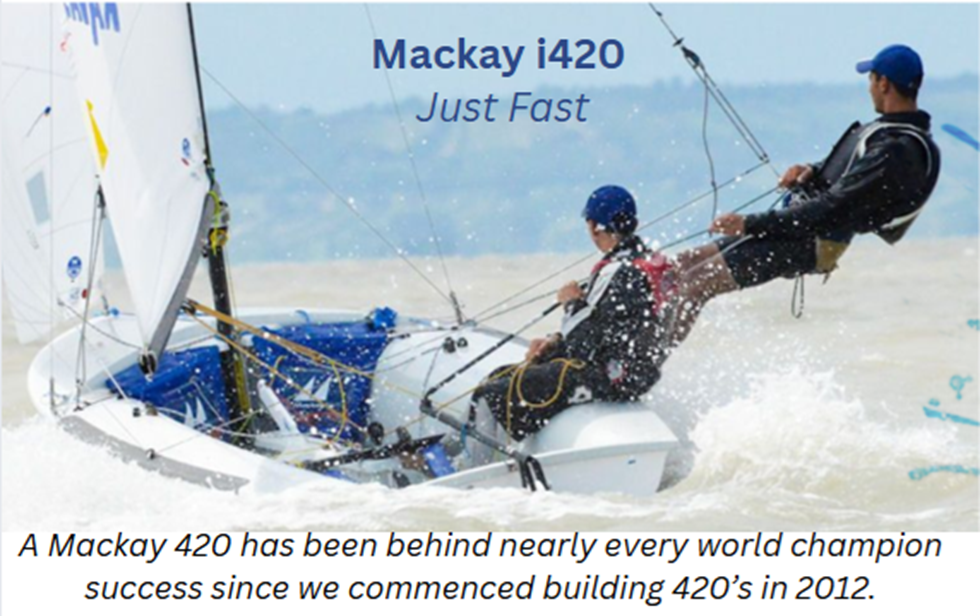
Nick Gill founded our brand over 40 years ago in 1975. A lot has changed in the production of technical sailing clothing since that time, so we thought we’d revisit the past in a series of posts looking at the innovations decade by decade. First up, Nick talks about what sailing clothing was like back in the 1970s.I started dinghy sailing way back in the 1960s, crewing for anyone who would have me. It was usually only in light winds, but it was a start. Back then I was issued with a pair of canvas shoes and the most uncomfortable life jacket you can imagine. Stuffed with kapok, covered with PVC and a lace-up front. If it was ever used in anger it would have surely have gone over my head!
The waterproofs that were available were thick PVC garments, badly fitting and referred to as Oilskins or Oilies. As a result sailing tended to be restricted to summer and more often than not you got cold and wet – at least in the UK.
THE BEGINNINGS OF THE MODERN INDUSTRY
Roll forward to the 1970s, a time of change in boat design and construction, and the beginnings of a sailing clothing industry. By this time I had my own dinghy and was sailing every weekend. Clothing had improved but still pretty basic. By the middle of the decade I had started to develop my own clothing in a very small way. The market seemed to be dominated by three of the large brands still around today and quite a number of smaller ones who are long gone, such as Javlin and Splashdown.
There were three main elements to sailing clothing. Keep in mind in those days it was very functional. These elements were the fabric, which then determined the construction method and the sealing of the seams. The predominant fabric had been PVC. It was durable and inexpensive. If the garment was made using high frequency welding machines, which melted the fabric panels together, it would make a fully waterproof garment. Design and styling was very limited. Whilst the garment was fully waterproof it was virtually impossible to make the closures seal very well. Press studs were used in place of a front zip, wrist closures were simple, and the hood design… Well lets say it did not fit the head very snugly as it was all limited by the construction method.
 Today you’ll mostly see PVC technical clothing in the commercial fishing market, where its durability and smooth shiny outer surface suits it well. Proofed nylons were starting to become available, either coated with a polyurethane or neoprene. The main difference was that the waterproof element was on the inside of the garment, protected from abrasion by the nylon layer. This fabric could be sewn in a conventional way giving better fitting and styled garments.
Today you’ll mostly see PVC technical clothing in the commercial fishing market, where its durability and smooth shiny outer surface suits it well. Proofed nylons were starting to become available, either coated with a polyurethane or neoprene. The main difference was that the waterproof element was on the inside of the garment, protected from abrasion by the nylon layer. This fabric could be sewn in a conventional way giving better fitting and styled garments.Making those seams waterproof was not easy. Polyurethanes had to be covered with an adhesive, it was time consuming and only partially effective. Neoprene fabrics, which were much heavier and used only for offshore sailing could be taped. But it was hand process and very time consuming and again did not last for the life of the garment.
OUR BRAND WAS BORN
In the early days of Gill I looked for a way to differentiate us from the bigger brands. For dinghy clothing I looked at innovation. The garment most people used in those days was a one-piece suit, we incorporated internal braces which lifted the garment off your shoulders and reduced strain when bending and tacking. We also chose a twill weave fabric that gave more of a stretchy and softer feel.
For cruising garments we used a transfer coated polyurethane on knitted nylon. It was a brand new fabric made locally to us in Long Eaton. The Gilltex style jacket and trouser was lighter, softer, and more comfortable with incredible tear resistance. This was because it used a knitted fabric rather than woven. The garment could be made with a combination of sewing and welding, so you had waterproof seams, a styled garment that was incredibly comfortable. The transfer coating was like a lamination process so you got an even layer of coating all over reducing the overall weight. In many ways this was the precursor to our bestselling garment ever, the OS2 offshore jacket.
This was the beginning of some real changes, due in part to the hot air taping machine being invented, early breathable fabrics and round-the-world races requiring some serious oceangoing clothing.
News Flash: Gill NA is HIRING!
